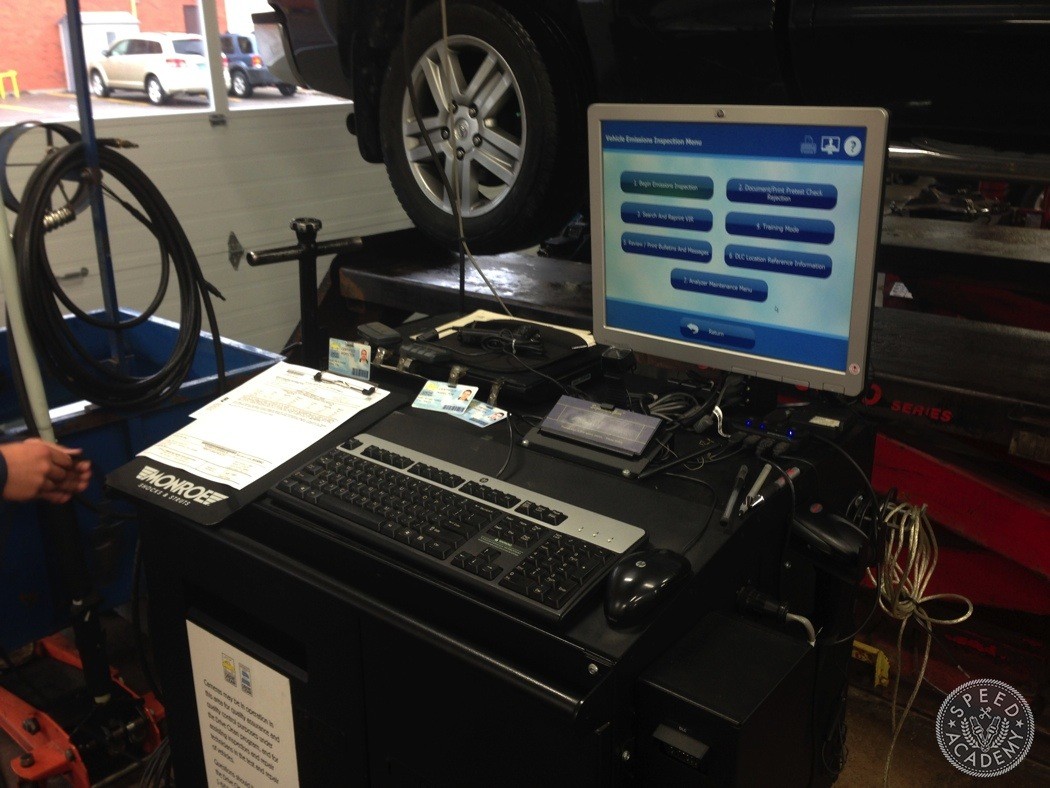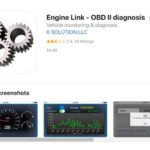For car enthusiasts who’ve enhanced their Nissan 240SX with an SR20DET engine swap, navigating emissions testing can be a crucial step to ensure street legality. In regions like Ontario, Canada, the Drive Clean program mandates emissions checks for vehicles. For older vehicles, including modified ones, understanding the OBD2 port and its role in testing is essential. This article delves into the process of emissions testing a 240SX with an SR20DET swap, focusing on the OBD2 port and how to successfully pass inspection.
In Ontario, the emissions testing methodology varies based on vehicle age and OBD-II compliance. Modern vehicles utilize the OBD2 port for a direct system check, simplifying the process significantly. However, pre-OBDII vehicles, such as the 1995 Nissan 240SX, typically undergo a two-step probe test, analyzing exhaust gases directly from the tailpipe. This involves idling the car and then taking readings at a raised RPM between 2200-2700rpm.
For vehicles with engine swaps like the SR20DET in a 240SX, there’s a provision called “Hot Rod” status. Recognizing that engine modifications can affect emissions, this status adjusts the permissible emission limits. Obtaining Hot Rod status might seem complex, but the Ontario government has streamlined the process, making it surprisingly straightforward and efficient.
To apply for Hot Rod status for your 240SX SR20DET project, the initial step is to contact the Drive Clean Call Center. They will provide the necessary application form, which is also available for download. Along with the completed form, you’ll need to submit proof of the SR20DET engine swap and supporting photographs. Following submission, expect a prompt response from the government, typically within a few days, confirming or denying the Hot Rod status. This program acknowledges the unique nature of modified vehicles and adjusts testing criteria accordingly.
For the actual emissions test, choosing a reputable testing center is advisable. Forbes Service Centre in Hamilton, ON, provided a positive experience. Their efficient service ensured the test was completed quickly, which is beneficial for ensuring the catalytic converter is at optimal operating temperature. A hot catalytic converter is more effective at reducing emissions, so minimizing idle time before the test can be advantageous.
The results of the emissions test for the 240SX SR20DET were successful. Even with upgraded Kelford camshafts, the engine ran surprisingly clean. A key component in achieving these results was the installation of a Vibrant GESI OBDII catalytic converter. This catalytic converter is designed to be emissions compliant while maintaining high flow rates suitable for performance applications. Combined with a proper engine management system (EMS) tune from OnPoint Dyno, the Vibrant GESI catalytic converter played a crucial role in passing the emissions test.
The Hot Rod status significantly alters the acceptable emission limits compared to a standard test for a 240SX. The permitted levels for hydrocarbons (HC) and carbon monoxide (CO) are notably increased, providing more leeway for modified engines.
Interestingly, a comparison with a previous emissions test from 2012 revealed that the SR20DET engine, even with modifications, exhibited cleaner CO emissions in the more recent test than when it was closer to stock configuration. While the 240SX SR20DET might have passed even without Hot Rod status in hindsight, applying for it provided a safety margin.
In conclusion, for anyone running an SR20DET swapped 240SX and facing emissions testing, particularly in regions with programs like Ontario’s Drive Clean, Hot Rod status and a high-quality OBDII catalytic converter like the Vibrant GESI are valuable assets. The combination of these factors can lead to a successful emissions test, ensuring your modified vehicle remains street legal and environmentally responsible.

